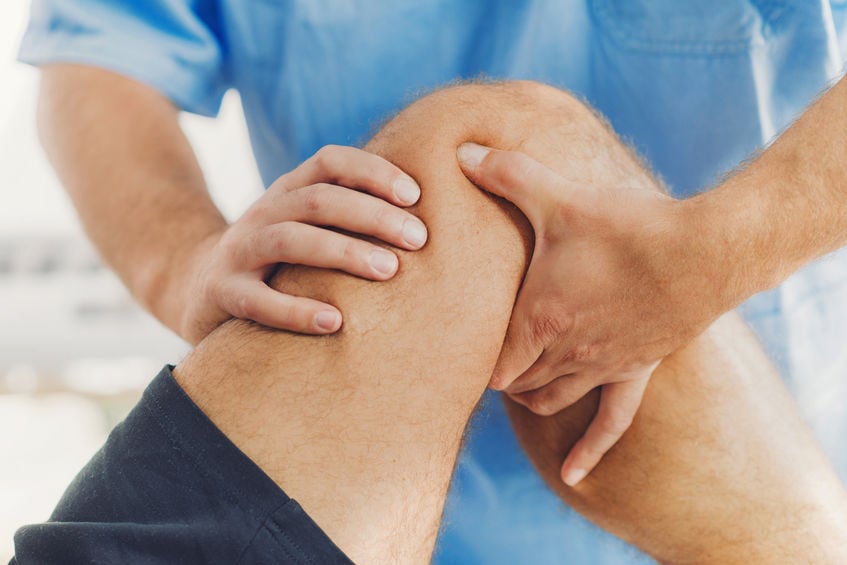Is Your Knee Pain Arthritis? Or Something Else?
Everyone depends on knee joints for simple to advanced movements. As the largest joint in the body, the knee is also responsible for bearing much of the body’s weight. So there is no surprise that millions of people experience knee pain every day. For some, the problem is so severe that climbing stairs, running, or competitive sports is impossible. What can be the cause of this knee pain? Is the issue arthritis? Or is the problem a sign that arthroscopy is needed?
Knowing is half the battle
The first step is to uncover the cause of the pain. There are occasions where the pain is immediate, like an injury. A fall, car accident, or sports collision can rupture ligaments or cartilage. In these cases, surgical intervention may be necessary. However, anyone suffering from unknown chronic knee pain should see a doctor. A detailed X-ray or MRI can help the doctor determine the root cause of pain. In some cases, the issue could be arthritis.
Diagnosing arthritis
The knee and other joints have hard yet smooth cartilage that helps with shock absorption. Arthritis is gradual damage of the cartilage, and the resulting pain, swelling, and tenderness. There are several forms of arthritis. Osteoarthritis is the most common. The cartilage begins to break down, making movement more difficult and painful. Now, more than 15 million Americans have some form of arthritis.
Treating arthritis the right way
Although there is no cure or reversing arthritis, there are ways to slow the condition’s effects. The earlier arthritis is identified, the better. Physical therapy and exercise are the best forms of initial treatment. Light exercise promotes the circulation of both blood and synovial fluid, the fluid that lubricates joints. Exercise also strengthens the surrounding muscle and helps with weight loss, which provides better knee support. Medication, either through NSAIDs or corticosteroids, supports exercise and reduces inflammation. These steps can help with the long-term management of arthritis.
Time for arthroscopy
There are some cases where non-surgical maintenance is not enough. The pain can become so severe that surgery is the only option. In the case of an injury, the patient needs arthroscopy to repair or replace the ligament. Arthroscopy consists of a surgeon making 2-3 minor incisions around the knee to access the joint. After inserting a saline solution to clear the blood, the surgeon can now clearly view the damage. From there, the surgeon can then repair or replace the damaged ligaments. In the case of severe arthritis damage, a total knee replacement may be necessary.
A brand new knee
With arthroscopy, the goal is to replace the damaged cartilage with artificial parts. The surgeon removes the end of the femur and tibia bones, which may include the meniscus. These bones are then outfitted with a metal replacement that also has a plastic bearing. In some cases, the kneecap is also replaced with a prosthetic. Total knee replacement has a high success rate and must be accommodated with physical therapy.
Don’t kneel to arthritis
A doctor and patient can both know the knee pain’s real source by assessing the knee first. If the issue is arthritis, there are a range of treatments available, including surgery. The doctor will help to determine if surgery is best. Factors like the degree of pain and damage to the joint will help with the decision. Anyone with long-term, unexplained knee pain should not take the pain lightly. Speak with a doctor or orthopedic surgeon today.



